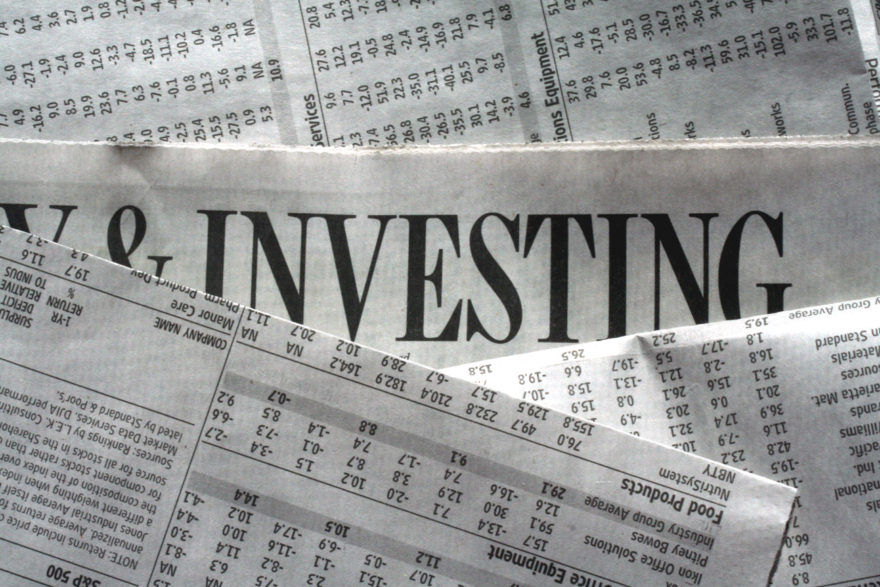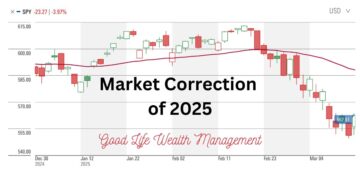While the Brexit turmoil in June roiled markets, stocks, bonds, and our portfolio models finished in positive territory for the half-year through June 30. I am happy to provide periodic updates on market performance, but I would be remiss if I did not include my customary remarks that we really should not dwell on short-term performance, let alone mistakenly believe that this type of data should form the basis of our portfolio management or trading decisions.
Looking globally at equities, the iShares All-Country World ETF, ticker ACWI, was up 2.06% through June 30. Our US Large Cap ETF (IWB) tracks the Russell 1000 Index and was up 3.68%. Not surprisingly, international developed stocks were down slightly, with our ETF, VEA, down 1.93%. Strong performances were contributed by Emerging Markets (EEMV), which was up 7.36%, and top honors go to Real Estate Investment Trusts (VNQ) at 13.48%. All considered, not bad, and even the categories which were down – and received a great deal of news coverage – were in fact only down a couple of percent.
We may be starting to see a shift which I have been anticipating for several quarters. Value lagged growth for years, but that seems to be reversing in 2016. Same for Emerging Markets Equities: after years of trailing US stocks, their valuations have become too cheap to ignore and EM outperformed over the past six months. Our process is based on contrarian investing. We overweight the segments which are the cheapest and often, have performed the worst in recent years. “Buy low and sell high” means buying segments that are temporarily out of favor.
While stocks were up in the first half of the year, bonds were actually up more, thanks to interest rates’ steady decline. As fear picked up in the second quarter, investors fled to the safety of bonds, pushing prices up and yields down. As of last Friday, the 10-year US Treasury bond had a yield of 1.37% and the 30-year bond of 2.11%. It is absolutely unbelievable to see US bonds at these levels, except that the yields are even lower in Germany, Japan, and a handful of other developed countries. Through June 30, the US Aggregate Bond ETF (AGG) was up 5.30% and we saw even greater gains in our high yield and emerging markets debt funds.
Looking ahead to the second half of the year, I have modest expectations for stocks. The S&P 500 Index is currently over 2100, and it seems to stall each time we reach this level. I think the market needs to see significantly better than expected earnings to finally catapult the index over 2200. We should be prepared for increased volatility, like we saw in June. I would not hesitate to put money to work on any drops in equities.
If bonds were overvalued six months ago, they have only become more so today. However, that doesn’t guarantee that yields are poised to rip higher this year. There seems to be an increasing belief that these shockingly low yields are not a temporary phenomenon, but a new reality caused by the high debt, slow growth, zero inflation backdrop that seems to be spreading throughout the world. We will continue to emphasize short duration in our fixed income holdings. The quest for yield has become very expensive, and some investors may not realize the potentially high risks that accompany many 3, 4, and 5% yields.
We will not be making any changes to our model portfolios for the second half of 2016. We focus on low-cost index strategies that are diversified, tax efficient, liquid, and transparent. It’s a recipe for success for the patient investor. I am pleased that we are up this year, even if it just in the low single digits.







